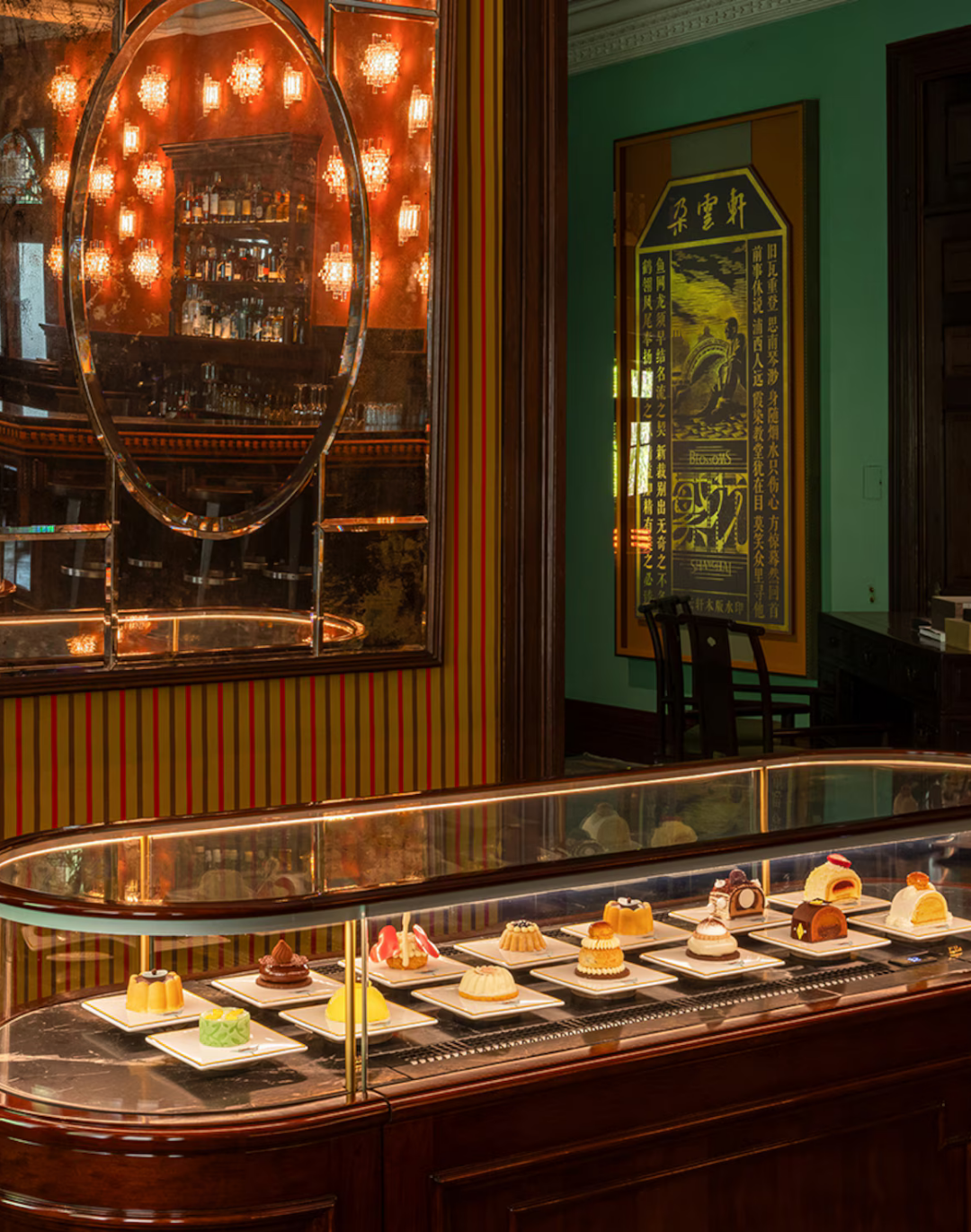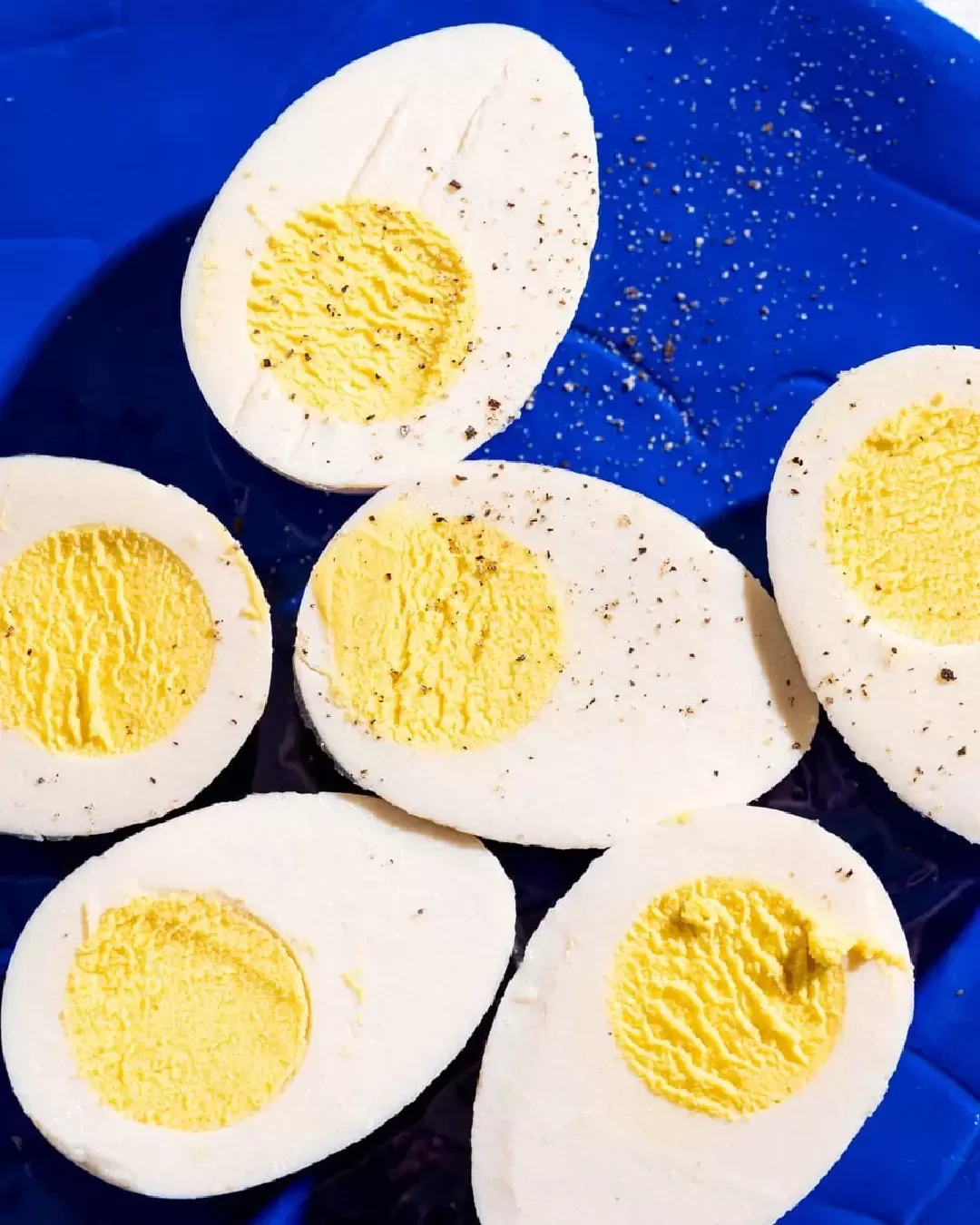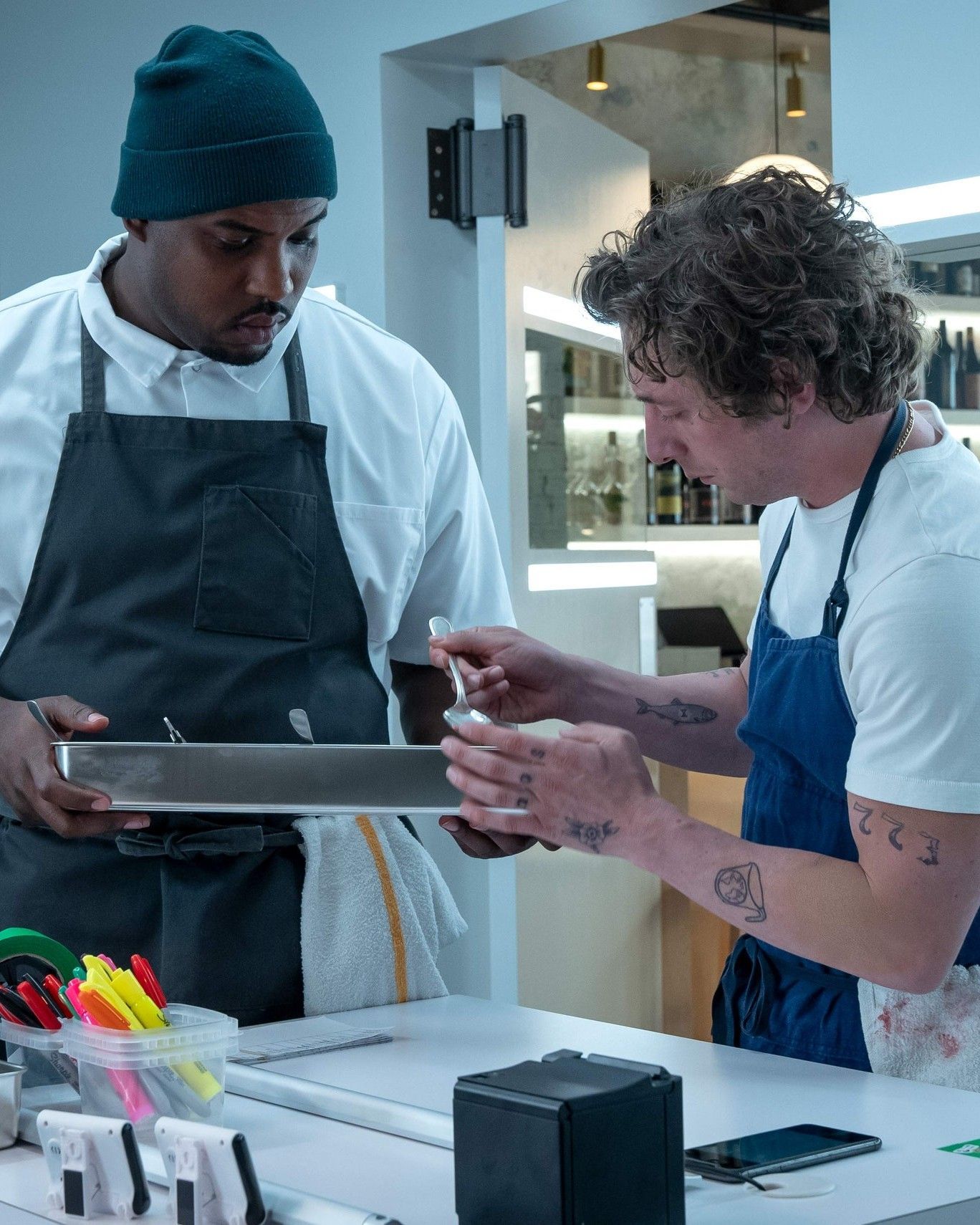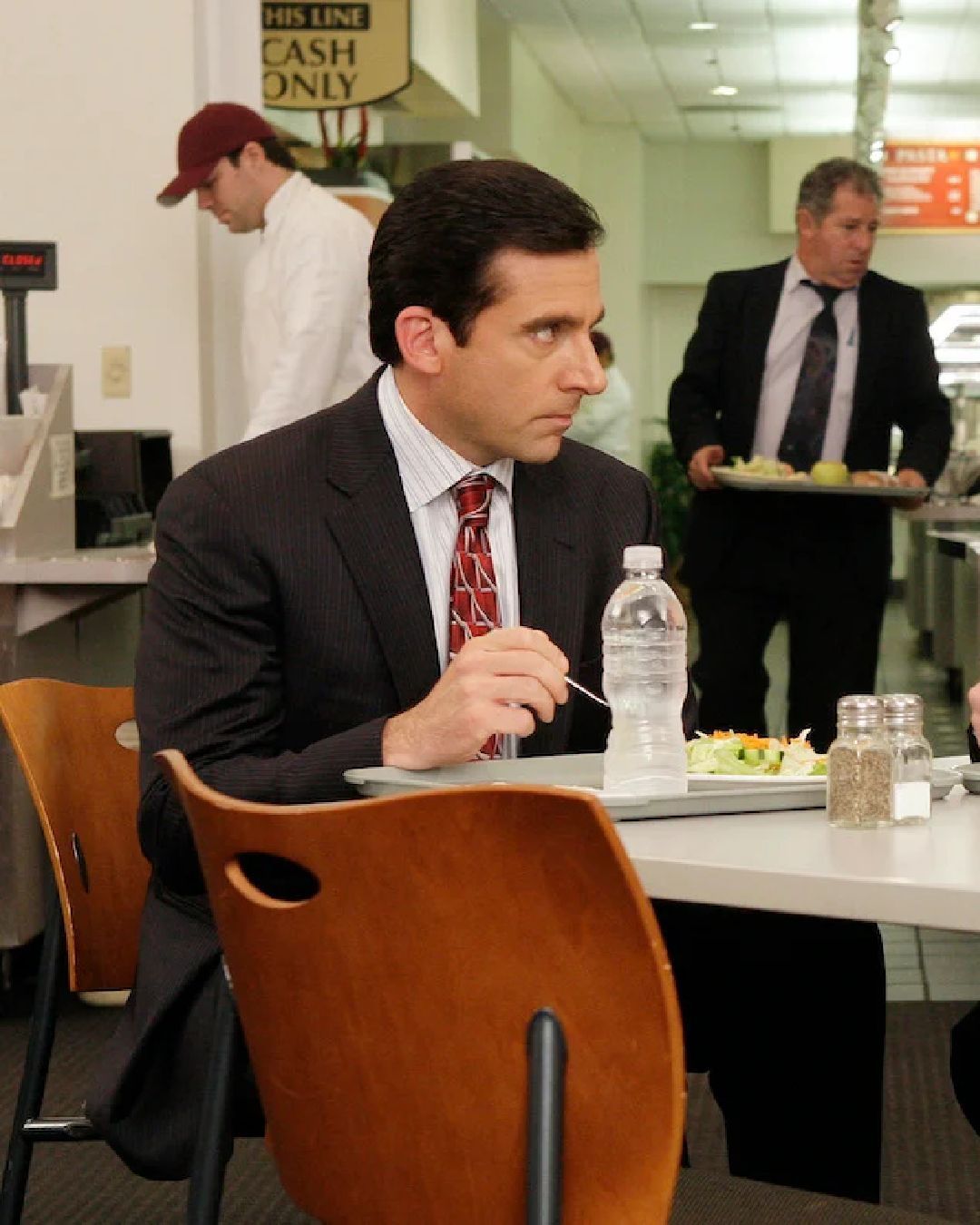
Thanks to social media, haute cuisine is for everyone For years reserved for an elitist niche, it is becoming more democratic
In the last two decades, cooking programs on television have become a highly successful format. In the United Kingdom, for example, it has been estimated that over 400 hours of cooking broadcasts are aired every week. However, this phenomenon, which shows no sign of diminishing, no longer only involves the television realm. Chefs, especially those of high caliber, have a large following, particularly on social networks. Michelin-starred restaurants, in general, are increasingly known and appreciated even by those who were not part of this world. For years, food-themed content, on television and beyond, was limited to presenting home recipes in a family context, featuring amateur cooks. More recently, haute cuisine has managed to gain its own fame and recognition through other avenues. A growing number of creators, for instance, create content about their culinary experiences in the best Italian and global restaurants, providing an insider's view of a sector considered exclusive and inaccessible for many years. In this way, chefs, even those who were not widely known, have become cultural references - something that was not at all obvious or even imaginable until not long ago.
How the Michelin Guide Became Popular
@theicedcoffeehour The Origins of "Michelin Star" #michelinstarrestaurant #michelintires #michelinstar original sound - The Iced Coffee Hour
Historically, kitchens were poorly regarded workplaces, and the role of the chef was rarely praised. The shift began with the affirmation of the Michelin Guide, which popularized haute cuisine with its stars. Today, the Michelin awards ceremony - referred to as the "red" for the unchanged color of its cover - is like the Oscars ceremony, and this recognition remains the main certification of excellence for broad audiences, as well as the stated goal of many industry professionals. Earning a Michelin star has an evident return in terms of marketing and income, but it is also seen as an achievement, not only by chefs. For enthusiasts or casual diners, the Michelin star is considered a guarantee of excellence that transforms a meal into a true experience. In this sense, Michelin-starred restaurants (and more generally those in that league) have become references capable of influencing tourist circuits. Simultaneously, the increasing interest in haute cuisine - coupled with the growing attention to the global gastronomic scene, thanks in part to the World’s 50 Best Restaurants ranking - has made popular restaurateurs who have rarely or never appeared on television, such as Diego Rossi, Chiara Pavan, Sarah Cicolini, Jacopo Ticchi, or Lorenzo Costa, among others. Interviewed by newspapers, featured in content and documentaries, and central to gastronomy events, these and other professionals have also become representatives of a “new Italian haute cuisine”, which is perhaps more research-oriented but less formal and inaccessible than that of the previous generation, attracting a broader, no longer exclusively elitist audience.
Who Are the Creators Telling the Story of Haute Cuisine
@matthewinthekitchen RED VELVET CAKE IS SO UNDERRATED! It’s such an easy recipe and fun to bake! #cakedecorating #baking #redvelvetcake #easyrecipe #cakerecipe Call me - 90sFlav
Social media is now the tool that contributes most to the celebrity of a new generation of chefs. In recent years, videos and content about haute cuisine on social networks have multiplied. Entities like Cosa mangiamo oggi or Juice, among others, with their formats, are making haute cuisine more democratic, especially at a time when - following the imminent closure of the Noma - questions arise about how economically and professionally sustainable it is. Giano and Franci, the two content creators behind Cosa mangiamo oggi, which has almost 400,000 subscribers on YouTube, for example, go beyond presenting dishes from a single tasting menu. They immerse the user in the philosophy and choices underlying that same experience. The three individuals forming Juice do something similar, broadening the perspective to gastronomy in general and providing the input of those living within the industry. Recently, for instance, they produced a vertical series on mountain haute cuisine, in collaboration with Ferdy Wild - another highly appreciated project that has managed to bring a certain culinary culture closer to the general public. The result is that this type of content and format is truly enhancing and spreading the culture of haute cuisine, both Italian and beyond, which for a long time (perhaps too long?) has remained fossilized in rather elitist circuits and far from being mass-oriented.














































